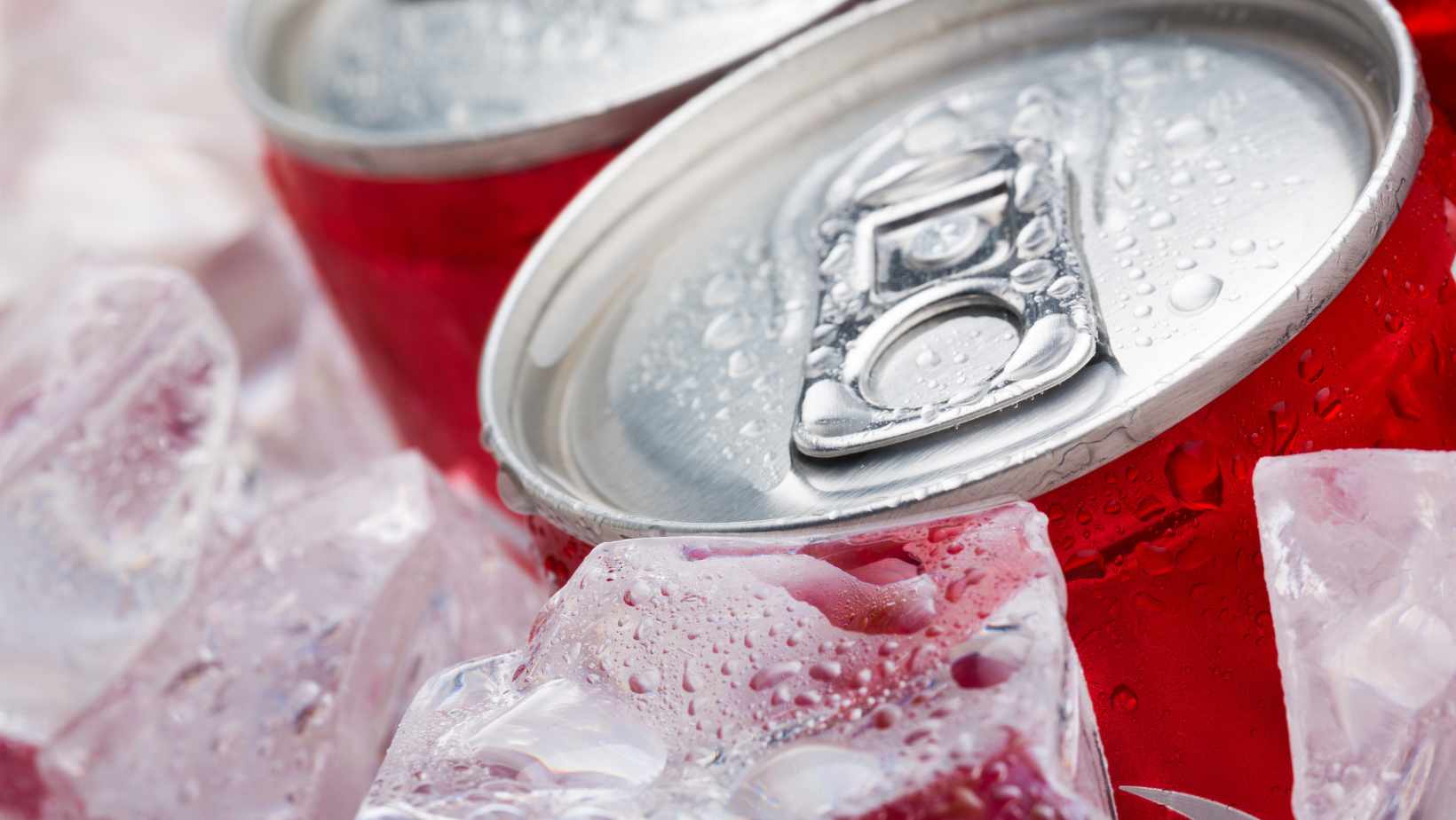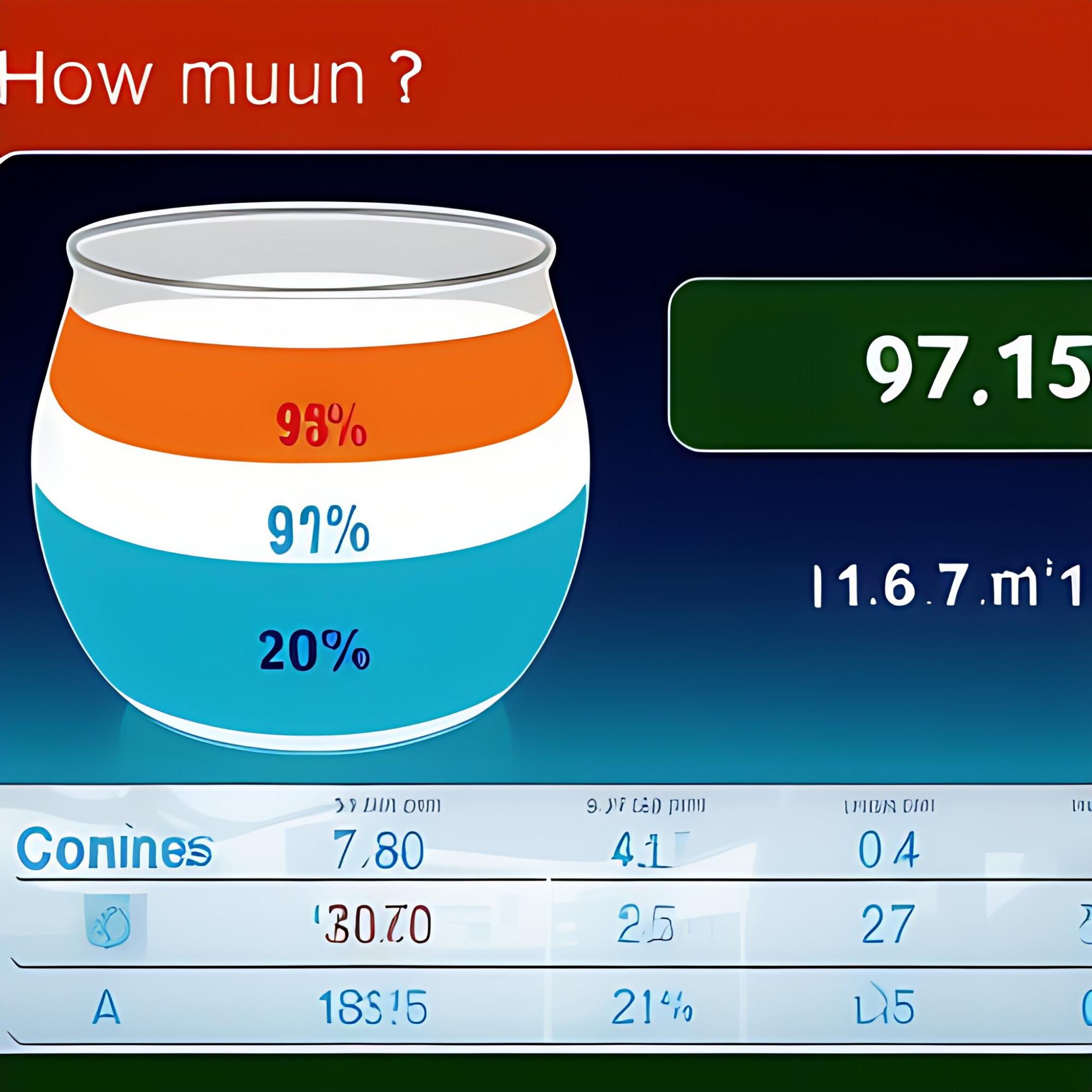How To Convert How Many ml In A Gram Of Distillate

How Many ml In A Gram Of Distillate
Wondering how to convert the measurement of ml to grams for distillate? Look no further, I’ll walk you through the process step by step. Converting ml to grams may seem confusing at first, but with a little understanding, you’ll be able to make accurate conversions in no time.
To convert ml to grams for distillate, it’s important to know the density or specific gravity of the substance. The density tells us how much mass is contained within a given volume. Distillates can vary in density depending on their composition and temperature. Therefore, it’s crucial to have this information before attempting any conversion.
Once you have determined the density of your distillate, you can use a simple formula: grams = millilitres x density. Multiply the number of millilitres by the specific gravity or density value to obtain the equivalent weight in grams. This calculation will give you an accurate measurement for your distillate in terms of weight rather than volume.
Remember that converting ml to grams is dependent on knowing the specific gravity or density of your distillate. Without this information, it won’t be possible to make an accurate conversion. So always check the product specifications or consult with a reliable source before attempting any conversions.

Understanding The Conversion: ml To Gram
When it comes to converting millilitres (ml) into grams (g) for distillate, it’s important to understand the relationship between volume and weight. This conversion can be a bit tricky, but with a little knowledge and some simple calculations, you’ll be able to determine how many ml are in a gram of distillate.
To begin, it’s essential to know that ml is a unit of volume while grams represent mass or weight. The conversion between the two depends on the density of the substance being measured. In the case of distillate, its density plays a key role in determining the number of millilitres in one gram.
The density of distillate can vary depending on factors such as temperature and composition. To get an accurate measurement, it’s best to consult the specific density value provided by the manufacturer or perform your own testing using specialised equipment.
Once you have determined the density of your distillate, you can use a simple formula to convert ml to grams:
Grams = Milliliters x Density
For example, let’s say your distillate has a density of 0.9 g/ml and you want to convert 10 ml into grams. Using our formula:
Grams = 10 ml x 0.9 g/ml Grams = 9 grams
So in this case, 10 millilitres of this particular distillate would weigh approximately 9 grams.
It’s worth noting that this conversion may not hold true for all substances or liquids. Different materials have different densities which can affect their conversion from volume to weight. Therefore, always ensure you have accurate data about the specific substance you are working with.
The Density Of Distillate: Determining Factors
When it comes to converting millilitres (ml) into grams (g) for distillate, understanding the density of the substance is crucial. The density of a material is determined by various factors that can affect its weight and volume. In this section, I’ll delve into these determining factors to help you better understand how to convert ml into grams for distillate.
- Composition: The composition of the distillate plays a significant role in its density. Different compounds and solvents used during the distillation process can result in varying densities. For example, if the distillate contains more oils or fats, it will typically have a higher density compared to a purer form.
- Temperature: Temperature also influences the density of distillate. As temperature increases, substances generally expand and become less dense, while colder temperatures cause them to contract and become denser. It’s important to note that when converting ml into grams for distillate, it’s crucial to consider the temperature at which measurements are taken.
- Impurities: The presence of impurities in the distillate can affect its density as well. These impurities may include residual solvents or other substances that were not completely removed during the purification process. Higher levels of impurities can result in an increased density compared to a more purified product.
- Concentration: The concentration or potency of the distillate can also impact its density. If a particular batch has a higher concentration of active compounds or cannabinoids, it might have a different density compared to one with lower concentrations.
- Packaging and Storage: Believe it or not, even factors like packaging and storage conditions can influence the density of distillate over time. Exposure to heat or changes in pressure due to improper packaging could potentially alter its overall composition and thus affect its weight-to-volume ratio.




